Can Dogs See In The Dark?
Can Dogs See In The Dark? Dogs can’t see in complete darkness, but they can see much better than humans in low-light conditions. This is because their eyes have more rod cells, which are sensitive to light, and a special layer called the tapetum lucidum, which reflects light back through the retina. This combination allows dogs to detect movement and navigate in dim environments more effectively than we can, making them well-suited for activities in twilight or during the night. However, like humans, they still need some light to see.
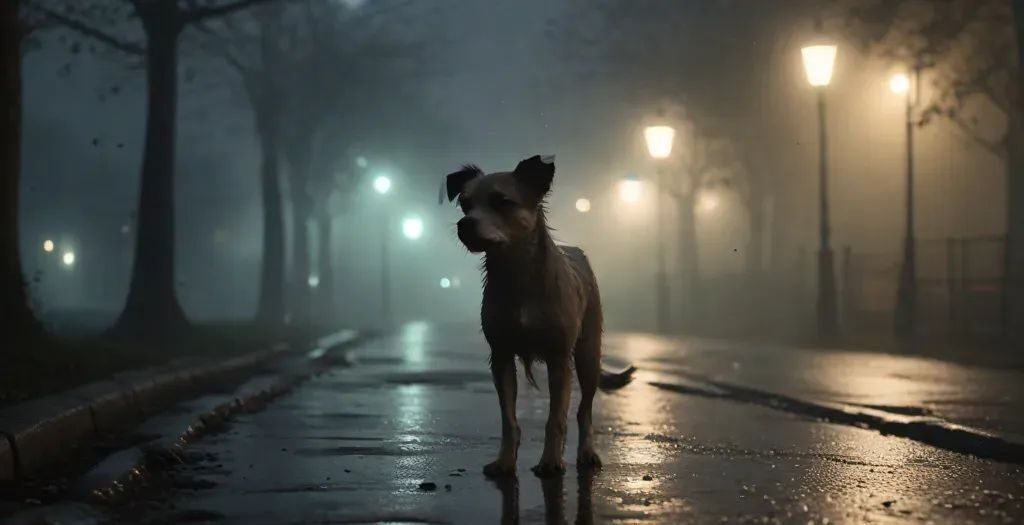
Can All Dogs See Equally Well in the Dark?
Not all dogs have the same level of night vision. Breed plays a significant role in how well a dog can see in the dark. For instance, breeds that have been developed for hunting or guarding may have better night vision than others. Factors such as the size of the eyes and the density of rods in the retina can vary among breeds, affecting their ability to see in low-light conditions.
FAQs: can dogs see in the dark
Can dogs see in total darkness?
No, dogs cannot see in total darkness. Like humans, they need some light to see, but their vision is much better in low light due to the structure of their eyes.
Can dogs really see at night?
Yes, dogs can see at night, but they need some light to do so. Their eyes are adapted to low-light conditions, allowing them to navigate and see in dim environments better than humans.
Do dogs need a light on at night?
Most dogs don’t need a light on at night, as they can see well in low light. However, if a dog has vision problems or is in an unfamiliar environment, a night light might help them feel more comfortable.
Can dogs see in dark better than light?
Dogs are better adapted to seeing in low light than in bright light. They can detect movement and shapes in dim conditions, but they still see well in daylight.
What color can dogs see?
Dogs see a limited range of colors compared to humans. They can see shades of blue and yellow, but they have difficulty distinguishing between red and green, which appear more like shades of gray or brown to them.
Can You Use Red Light Therapy Wrong on a Dog’s Back?

Jahanzaib Kaleem is a passionate and knowledgeable pet writer and veterinarian dedicated to enhancing the well-being of pets and educating pet owners around the world. With years of experience in veterinary medicine and a deep love for animals, Jahanzaib combines his medical expertise with a flair for writing to deliver insightful and practical advice on pet care.


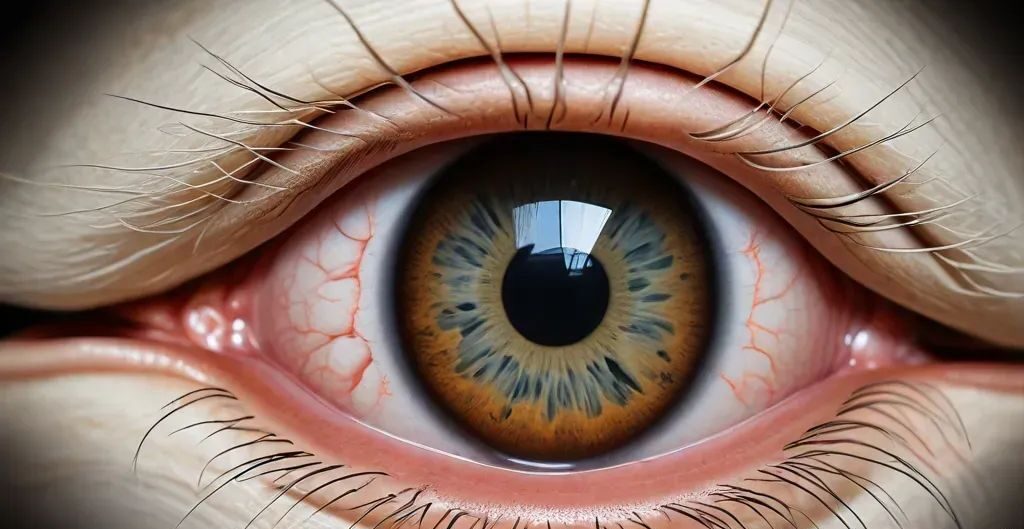
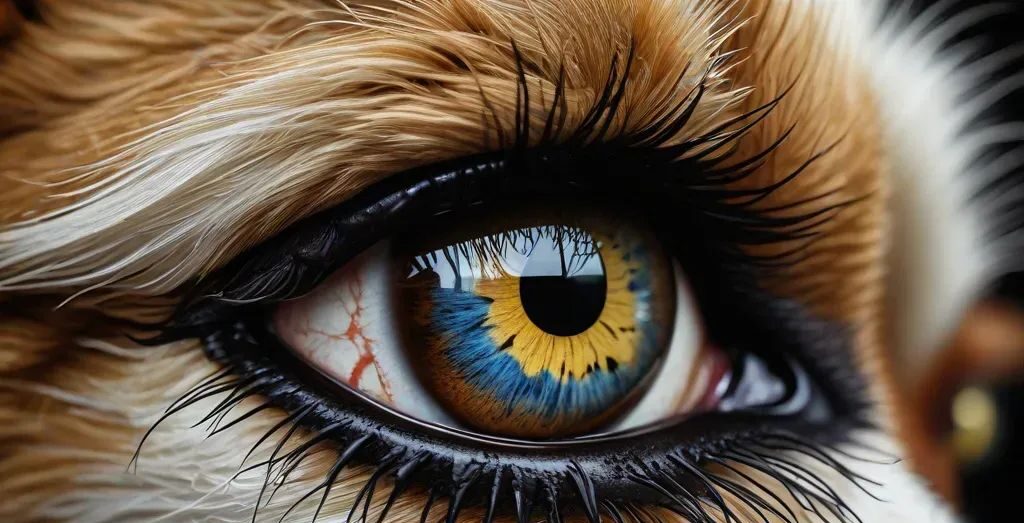
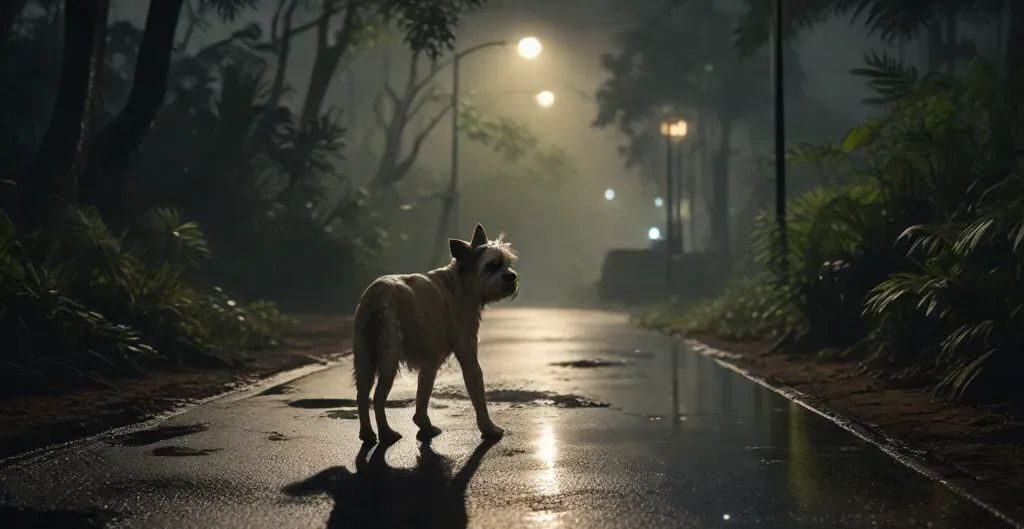
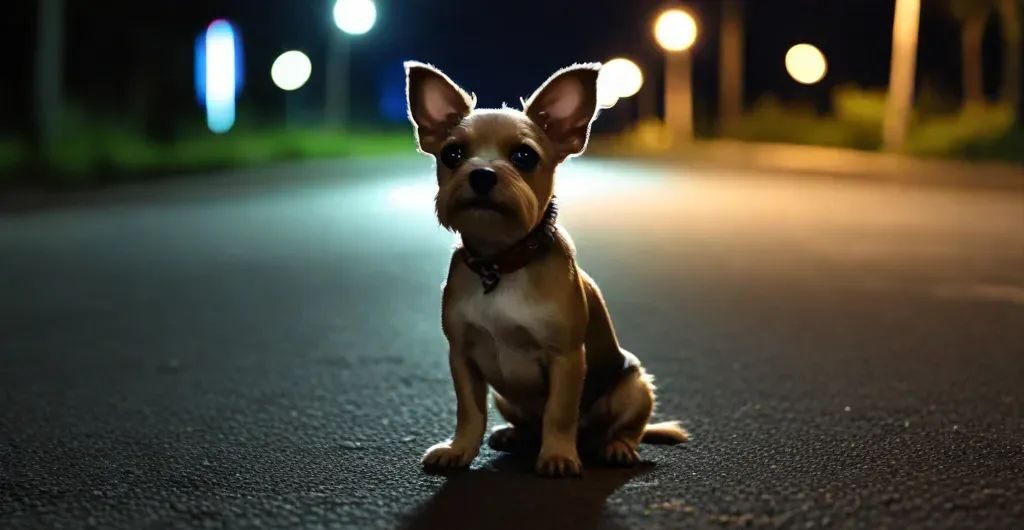

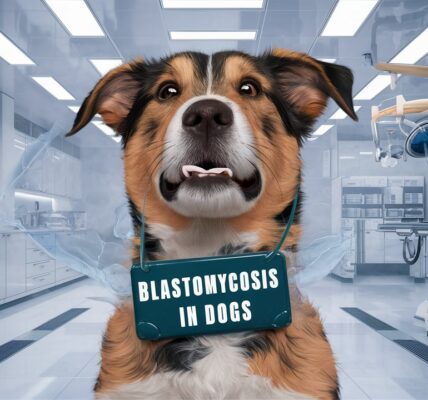

















1 COMMENTS